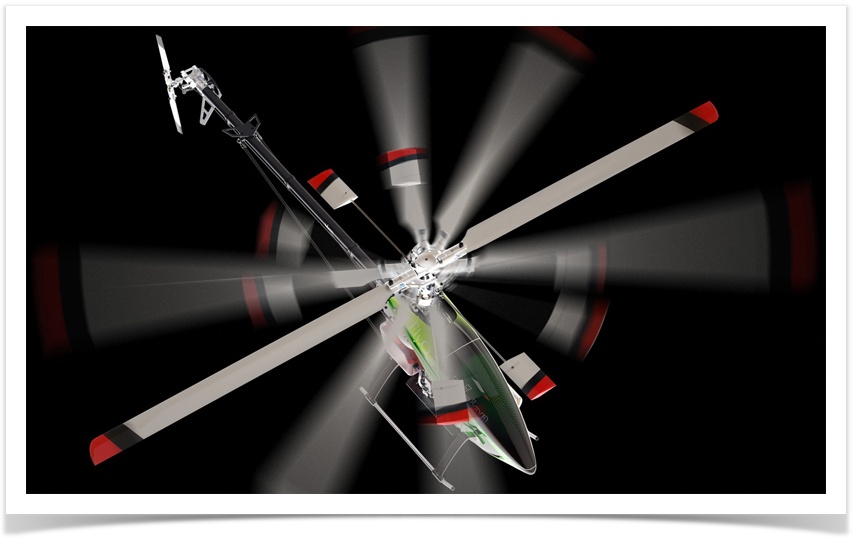Paolo Velcich – www.korumdesign.com
Introduction
Motion blur is normally relevant to a film camera - when a frame of the film captures an object that is moving too fast (or the camera is moving too fast), that particular frame is exposed too long to light to '"freeze" the motion of that object and so appears blurry on that frame of film. The amount of motion blur can be controlled in a film camera in two ways:
...
Maxwell Render can calculate two types of motionblur: for the entire object and also for individual moving vertices of the object (deformation motionblur). As deformation motionblur needs more RAM when rendering (depending on the number of vertices the object has), and is only needed if the object actually deforms, you have the choice to activate only normal motion blur or also deformation motion blur.
Motionblur with Emitters
The high precision Motion Blur in Maxwell affects the emitters as well, creating very natural lighting effects on moving objects. Of course, the render doesn't show only the light trail, but the whole scene lighting is being affected by the emitter motion.
| Widget Connector | ||||||
|---|---|---|---|---|---|---|
|
If the emitters move during the exposure time, they will produce light trails and the whole scene lighting will be affected by this

